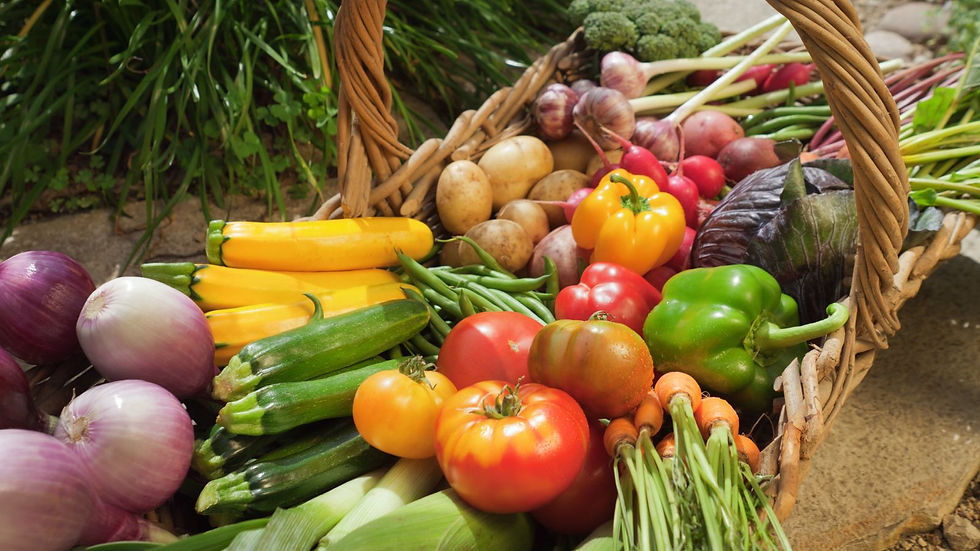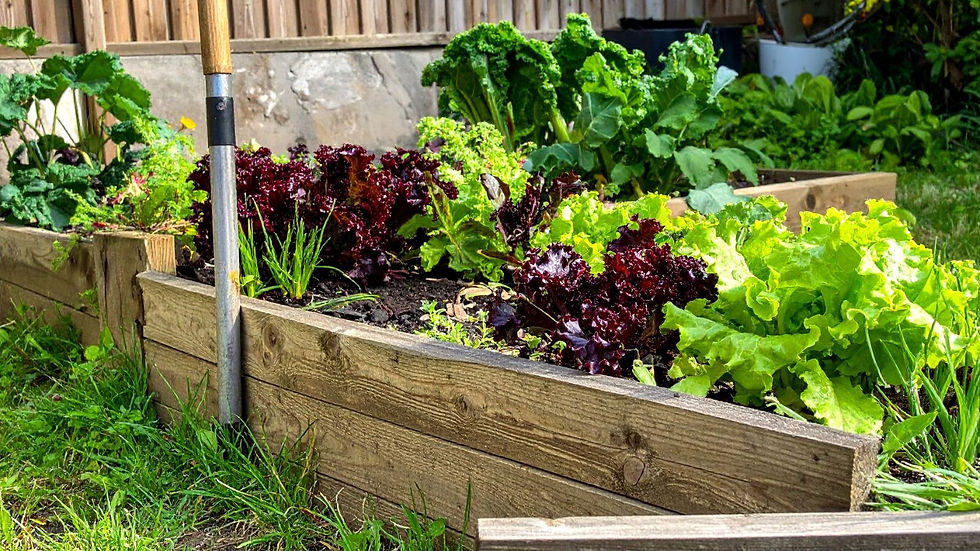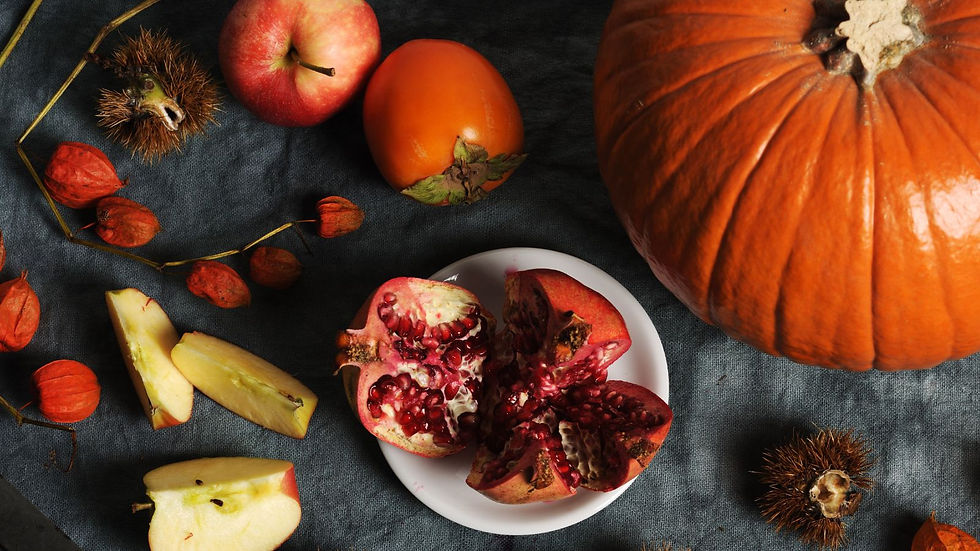Plant These 9 to Grow the Most Food
- b1415jimenez
- Sep 18
- 4 min read

In one of my recent posts Eating Well on a Budget, I briefly mentioned the fact that our backyard veggie garden offsets our grocery costs. Since the baby plants and seeds cost just a few dollars and produce several pounds of produce over the season, its easy to see why this would be the case. But some plants produce more food than others and so in our garden, when I select plants to grow I look at the ROI value, the Return-On-Investment. This is a finance term used when calculating the money put into a product versus dollars made in output. Below I've selected 9 items which yield high value harvests as a guide for gardeners looking to save on their grocery bill. Keep in mind the numbers below are overall average yield estimates to represent the whole growing season (you wont harvest this much in 1 day, its spread over the course of the season).
I think it's also important to note that while saving money is great, garden startup costs should be a consideration for new gardeners. Beyond that, price tag should not be your only motivation. You should have a desire to work outside, in the elements, learning as you go! It can be a peaceful and rewarding hobby!
For our home, nutritional value, variety diversity and flavor is another huge motivation to garden. Fruits and veggies grown in good soils, harvested at the right time taste far better than grocery store produce! This is because for store-stocking, most commercially grown fruits and veggies are harvested early to make them suitable for shipping. Not only will you have the freedom to grow exactly which varieties you like most, you'll also be able to pick them at true ripeness! Not only that, you can choose to not use synthetic fertilizers or spray harmful pesticides, herbicides and fungicides in your garden space, making them even more natural and organic than store-bought!

Summer squash - plants in the zucchini family come in a wide range of shapes and colors. A single plant can produce 9+ lbs of food, that's 30-40 zucchini's! Super easy for beginner gardeners. Use for zucchini bread or sautéed side-dishes. See my post HERE all about growing them!

Tomatoes - a single plant can produce up to 10-20 lbs of tomatoes. A homegrown tomato is sweet and rich, not comparable at all to grocery store tomatoes. Use for tomato sauce, pizza sauce, salsa, fresh eating, soup and more!

Peppers - a single plant can produce 2-8 lbs of peppers depending on the variety! We like to grow bell peppers and smaller spicier peppers like Serrano and Jalapeno. We use them for kabobs, sauteed sides and salsa making!

Melons - a single plant can produce 2-4 large melons. Classic red watermelon and cantaloupe are the most common but there are many wonderful varieties to try! Baker Creek Seeds sells lots to check out! Keep in mind that all your melon plants will be ready to harvest around the same time, in the span of a few weeks, so dont plant more than you can handle!

Pumpkins & other Winter Squash - a single plant can produce 2-5 squash weighing several pounds each depending on variety! I've been sampling different winter squash over the last year and have determined a favorite in Acorn squash, I'll try to grow them next year! Many many varieties to choose from and most store very well after harvest, for several months. Again Baker Creek Seeds sells lots to check out! Use for all kinds of fall baking and cooking from classic pie to homemade pumpkin spice lattes!

Green Beans - a single plant can produce from 1/2 lb up to 4+ lbs depending on variety. There are 2 general types of green beans. 'Bush' beans are short and set most of their beans within a short season in the hottest portion of summer. 'Pole' beans are runner beans that will climb up on a stake support and set out their beans spread out over the warm season. These are both really easy plants for beginner gardeners and very easy to start from seeds, which makes starting even cheaper!

Berries - any quality berries, even in season non-organic ones, are expensive! I tiny little box at the store will run you $4-6 just for a couple ounces! A pair of mature blueberry bushes can produce 10-20 lbs of berries! blackberry and raspberry grow on long vines and are better for those with lots of space but strawberries and blueberries are super manageable in size and can be planted in pots or raised garden beds! Be sure to read more on blueberry in THIS post since they have specific soil needs. Strawberry are the easiest of all and can be tucked into any bare spot in the garden! These plants are perennials, meaning they grow year after year without needing to be replanted each spring, another money saver!

Leafy Greens - lettuces can be pretty cheap in store but lets say you pick up one head of lettuce for $2 just a couple times a month, that's $48 bucks over the course of the year for only 24 heads. A single $3 seed packet, like THIS one from Baker Creek, holds 250 seeds!! Not only that but you're getting the extra value from growing them without chemicals and getting to try out more varieties than you can find in store! Again Baker Creek Seeds sells lots to check out!

Tree Fruits - a single tree can produce dozens of pounds of fruit, some even several hundred lbs per year! Fruit trees come in a range of growth habits from dwarf to midsize to full size. Midsize and full size trees can be planted in ground in larger garden spaces while dwarf trees can be planted in pots and care for even on just an apartment balcony! Fruit trees can live for many years and are much easier to maintain than annual veggies. Use the fruits for fresh eating, juicing, freezing for smoothies or pie making! I recommend visiting your local garden center to find which fruit trees do best in your area!
What are your most productive plants in the garden this season? Leave questions and comments below!








Comments